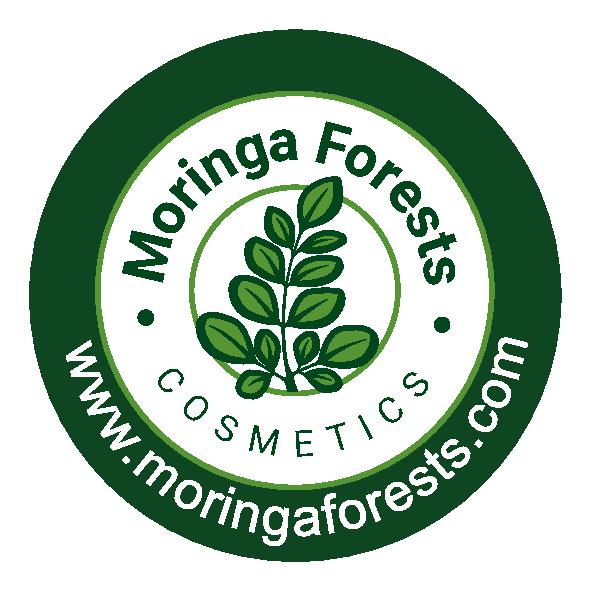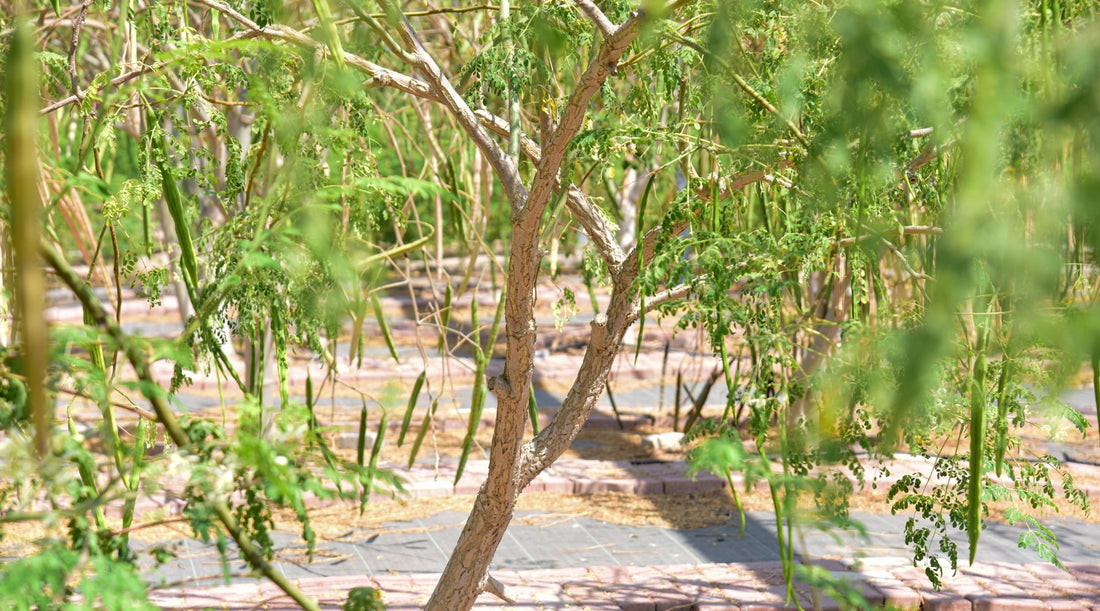The Moringa tree, also known as the "miracle tree" or "drumstick tree," is a highly nutritious and medicinal plant native to parts of Africa and Asia. It is gaining popularity around the world for its health benefits and as a sustainable source of food and income
The leaves of the Moringa tree are highly nutritious, containing high levels of vitamins and minerals such as vitamin A, C, and E and minerals like calcium, potassium, zinc and more. They can be eaten fresh or dried and powdered, and are often used as a natural supplement in smoothies, salads, and other dishes. The young pods of the Moringa tree, known as drumsticks, are also edible and are often used in Indian and other South Asian cuisines.
In addition to its nutritional value, the Moringa tree has a number of medicinal properties. The leaves, seeds, and oil from the tree have been used for centuries in traditional medicine to treat a wide range of conditions, including infections, inflammation, and diabetes. The tree is also high in antioxidants, which help to protect against free radicals and prevent chronic diseases.
One of the most notable aspects of the Moringa tree is its ability to grow in a wide range of climates and soil conditions. It is drought-resistant and can grow in areas with poor soil quality, making it a potential solution to food insecurity in developing countries. The tree is also fast-growing and can be harvested year-round, providing a reliable source of food and income for farmers
Some known facts about the Moringa tree:
- 25% protein
- 5% fats
- 31% dietary fiber
- 25% carbohydrates
- 13% minerals (calcium, magnesium, phosphorus, potassium, copper, iron, selenium, manganese, zinc, and sodium).
- 3.5 times more vitamin A than carrots
- 7 times more vitamin C than an orange
- 3.5 times more calcium than cow's milk
- 3 times more potassium than in a banana
- 2 times more protein than cow's milk (Rani & Arumugam, 2017)
- Moringa leaves also contain all the essential amino acids for the human body and all the essential fatty acids for the human body, including omega 3 and omega 6.
- The percentage of unsaturated fatty acids is about 70%.
- Moringa leaves also contain the following list of vitamins: vitamin A, vitamin 1B, 2B, 3B, 5B, 6B, vitamin C, vitamin E and folic acid (vitamin B9)
If it is not enough that Moringa is a highly nutritious plant, then its medicinal properties may even surpass its properties as a food. It is important to note that the medical effectiveness of using the moringa plant has been tested mainly in laboratory experiments and laboratory animals, while clinical experiments in humans are relatively limited. The information presented in this article is information based on controlled scientific studies
What parts of the tree do we use for the benefit of humans?
- Green leaves and pods - Contains all the essential amino acids along with many vitamins and minerals and serve as a "superfood" for humans and animals. In addition, the leaves are an excellent raw material for the creation of biogas (gas produced from organic materials), and the oil is an excellent raw material for the creation of biodiesel (biofuel).
- Seeds - Rich in oil that surpasses olive oil in quality and is used for food, cosmetics and industry;
- Seed powder - Rich in high-quality protein and also used as a natural coagulant (substance that contributes to the purification of pollutants from water) for liquid purification of the human body;
- Stems from the plant - Can be used as medicines for a huge variety of diseases;
- The trees - can be grown for decoration and the paper industry;
- Flowers - Edible and produce a lot of nectar that has the potential to create very high quality honey.
- Roots - Used for food.
Now after reading this article you can understand why the Moringa tree's most popular nickname is the the "miracle tree"
Browse our collection of Moringa supplements , and don't forget our unique collection of Moringa cosmetics. All of the products sold in our store are made from the Moringa trees we grow in our lands.

